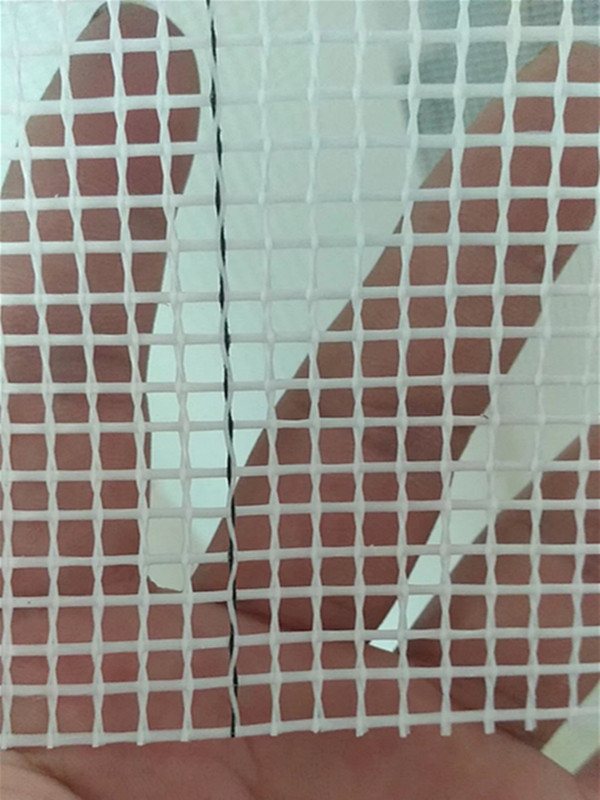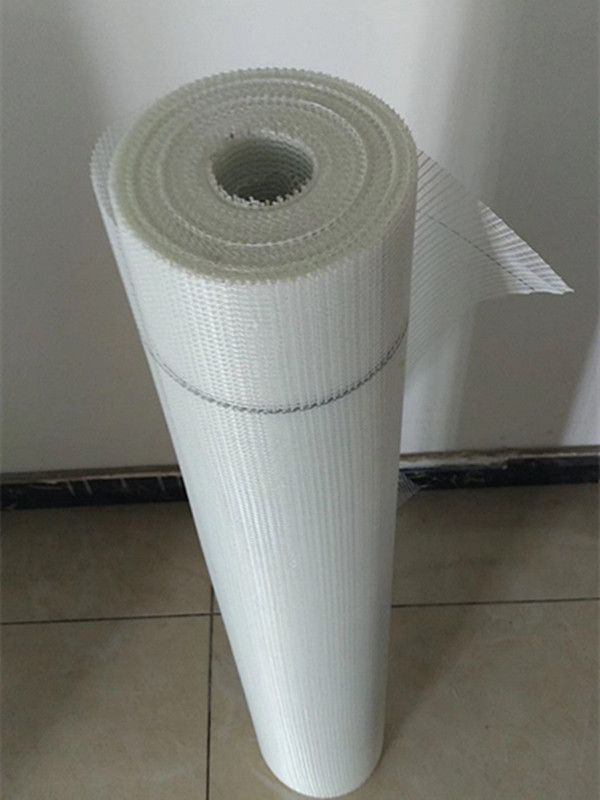Zeng Guoqing is a species of maggots, suborders, subfamilies, divisions, subfamilies, and genus. It has large eyelids, corrugated dragonflies, spotted dragonflies, no turtles, dark dragonflies, and long beaks. The squid is also known as seasonal fish, sweet-scented osmanthus fish, etc. It is a well-known Chinese and foreign freshwater fish. The meat is fresh, with less thorns, rich in essential amino acids, and has a low fat content. Alum is widely distributed in China. Except for the Qinghai-Tibet Plateau, all the major river systems are distributed. The most famous are the lakes of Dongting Lake and Poyang Lake.
1 Biological characteristics of earthworms
1.1 Morphological characteristics The larvae are flat on the side, with dorsal bulge on the back, large end positions, and body lengths of 2.4 to 7.9 times the head length, 7.2 to 7.9 times the length of the tail shank, and 3.2 to 3.5 times the length of the head. The following awards are slightly prominent: the upper and lower jaws, pear bones, and flap bones all have small and large teeth. Small scales, side lines bent, sideline scales 121 to 128. The peritoneal membrane is white, with 1 chamber and 200 to 300 pylorus. The body has irregular dark brown spots and plaques on its sides, with a narrow brown stripe from the snout through the eyelid to the underside of the dorsal fin. Below the sixth to seventh spines of the dorsal fins, there is a wide dark brown vertical band pattern.
1.2
Living habits Salmon is a group of ground fish that is widely distributed in rivers, lakes and reservoirs. Usually live in clean water such as still water or slow water flow. In particular, there are more rivers and lakes with lush vegetation. In winter, the water temperature is below 7°C and it inhabits deep water. After the spring water temperature rises, the squid swims to the shallow water area for food.
In pond culture, summer and autumn squid often hide under the poolside grass. In the early spring and late autumn, the squid digs away the floating mud on the side of the pond to form a shallow cave and hides it; in winter it inhabits the depth of the pond. In cage culture, in addition to the dawn and late evening feeding seasons, squid generally inhabit the four corners of the bottom of the tank, and they are struggling to drill and escape to the bottom. When catching, washing, or lifting nets, the squid heads are forced downwards. Struggling, so you should choose a new cage or double cage cage feeding.
1.3. Edible carp is a typical carnivorous fish with a large mouth and teeth. It prefers feeding on aquatic animals and fish. From the mixed trophic period, the squid enters the active (ie opening) feeding stage and begins to devour juveniles of other fish. With the increase of individuals, in addition to eating live fish, but also eat shrimp, etc., also eat themselves when hungry. Regardless of natural waters or artificial rearing conditions, squid has a high ability to discriminate the species, size and morphological structure of food organisms, and shows strong selectivity. In addition to its own biological characteristics, the type of food consumed by cockroaches is also constrained by the composition of the food in the environment.
The feeding mode of eel is different at different stages of its growth. During the seedling stage, the squid actively pursued the bait fish as soon as it opened its mouth, first biting its tail, and then slowly swallowing it; at the fingerling or adult stage, the squid is usually hidden in the water. When the prey is found, One side of the eye stares at the prey and adjusts its position and posture at any time. Once the prey is approached, it slams out, grabs it and swallows it. Under the aquaculture conditions, when the diet is rich, and the species is diverse, the eel is often selected for slenderness, the rays of the rays are soft, and smaller individuals fish for food. The palatability of the seedlings is not limited to the length of the bait fish, which is a species of fish whose body height is less than that of the mouth opening.
1.4
The growth of larvae is closely related to environmental conditions and the abundance of palatability feeds. Under the conditions of artificial breeding, the carp exerted the growth advantage of the fierce carnivorous fish. The cages were reared for 290 days and the carp average weight was 880 g. The ponds raise up to 300-500g in the year, and the largest individuals can reach more than 600g. The winter does not stop completely and continues to grow, but the intensity of feeding and growth slows. The 4th-instar fishes begin to lose weight and body length.
1.5 Breeding habits The breeding season of the emu in the Yangtze River Valley is generally from mid-May to early July. Males in natural waters are sexually mature in winter and females are sexually mature in winter. Artificially cultivated carp grow faster, and both sexes can reach sexual maturity in the winter (Guangdong area). Carp can breed naturally in rivers, lakes and reservoirs.
Ovary development is divided into 6 stages. From April to May of each year, the ovary develops from stage III to stage V. The ovaries are in stage III during the winter. The amount of cock eggs is generally tens of thousands to hundreds of thousands, and the greater the number of individuals, the greater the number of eggs, and the relative amount of ovulation and body length has no obvious relationship.
The suitable water temperature for spawning is 21-25°C. It prefers spawning in a microfluidic environment, usually at night or in the early morning. During the breeding period, the ingestion intensity decreased significantly, and there was no bead and marriage color. The eggs are drift eggs, containing 1 to 8 oil balls, slightly sticky, the proportion of slightly larger than water, egg diameter of 1.2 ~ 1.4mm. Spawning many times, there is a rare empty person, generally can be extended 3 ~ 6h.
The early development of earthworms includes two stages of embryonic development and postembryonic development with the demarcation of the embryo body. The time experienced by each stage varies with the environmental conditions (temperature, dissolved oxygen, light, etc.). Artificial embryos and hatching embryos, at 21 ~ 25 °C conditions, eggs in 40 ~ 60min after fertilization of the blastoderm uplift, about 1h after the beginning of cell division, after 43 ~ 60h hatched. In the post-embryonic development stage, organs related to feeding are developed first, with increased cracks, rapid formation of jaw teeth, and well-developed visual organs. (to be continued)
Fiberglass Mesh
Fiberglass mesh is made by soaking and coating with macromolecular alkali-resistant latex on the basis of C-fiberglass and E-fiberglass. The color of fiberglass mesh is white, black, organge, blue, yellow or as per customer's needs. And the fiberglass mesh's package can also as per customer's requirement to finish. The fiberglass mesh be widely used on : wall reinforcement, reinforced cement products, waterproofing favrics, the roof waterproof, enhance the skeleton of plastic and rubber, fire prevention board, highway parements, joint tapes of buildings.
The advantages of fiberglass mesh:
high strongth
good alkali resistance
prevent cracks and deformations
easy to be constructed
more durable


Fiberglass Mesh,Fiberglass Mesh Screen,Woven Fiberglass Mesh,Fiberglass Mesh Tape
ANPING COUNTY SHANGCHEN WIREMESH PRODUCTS CO.,LTD , https://www.scgabionmesh.com